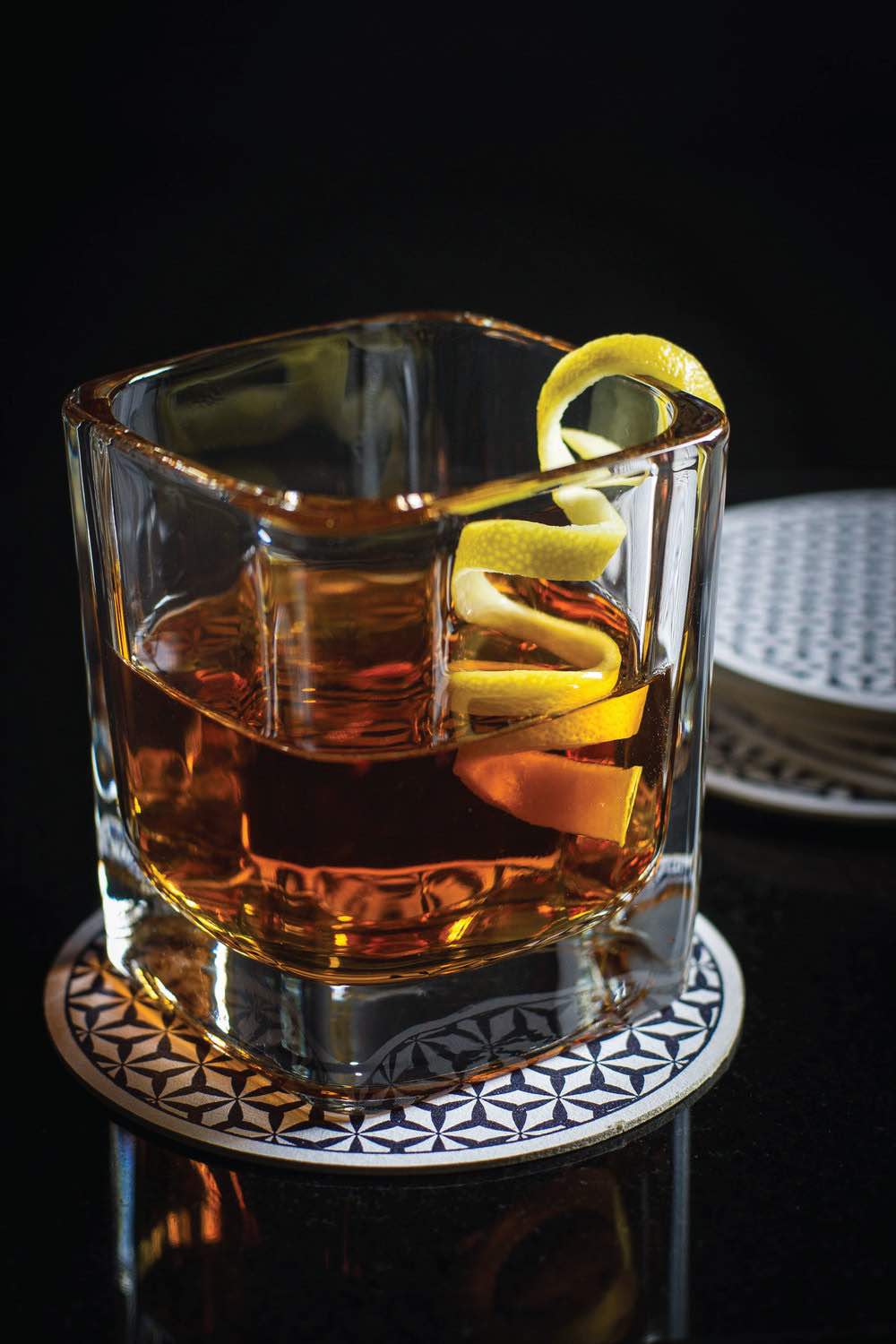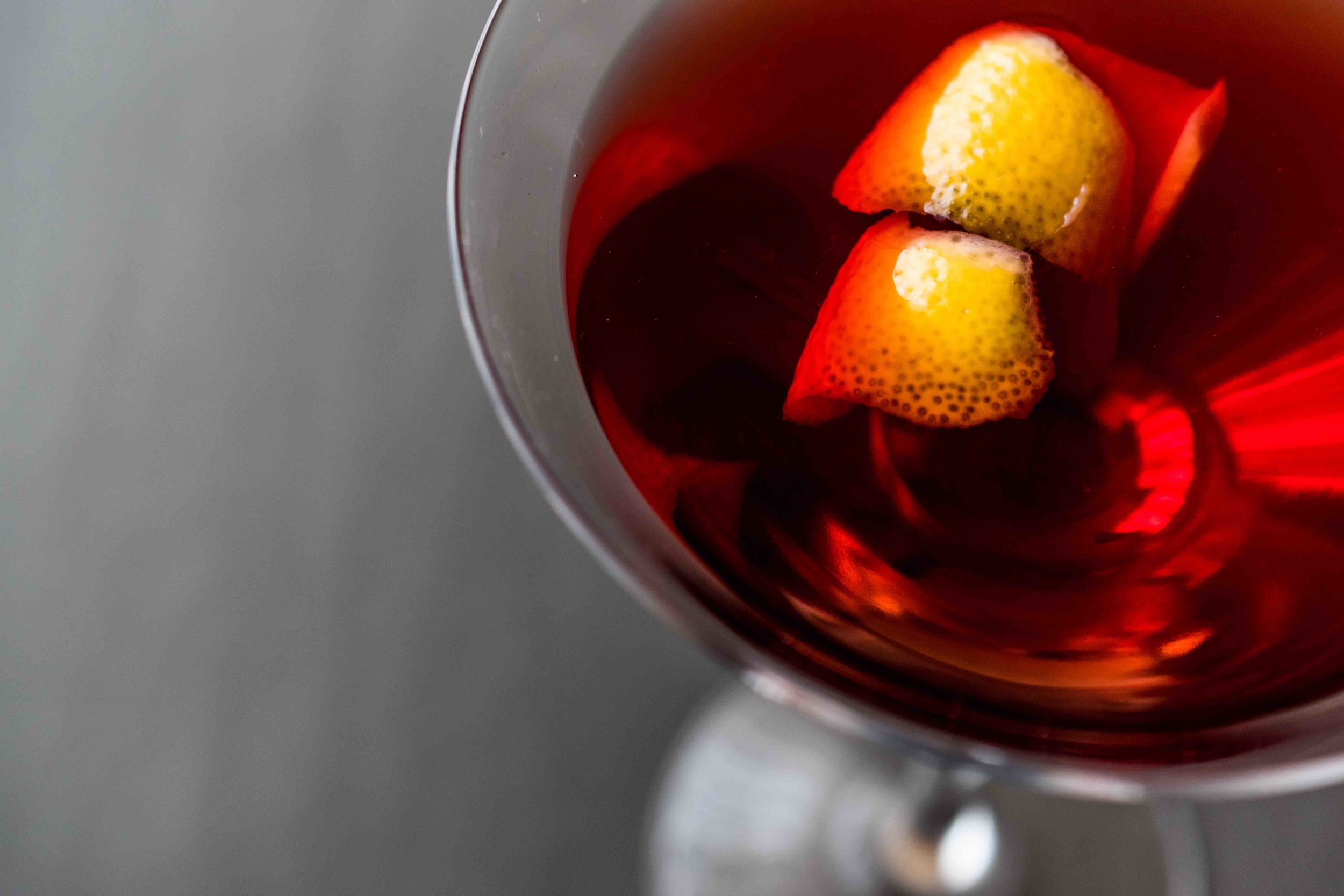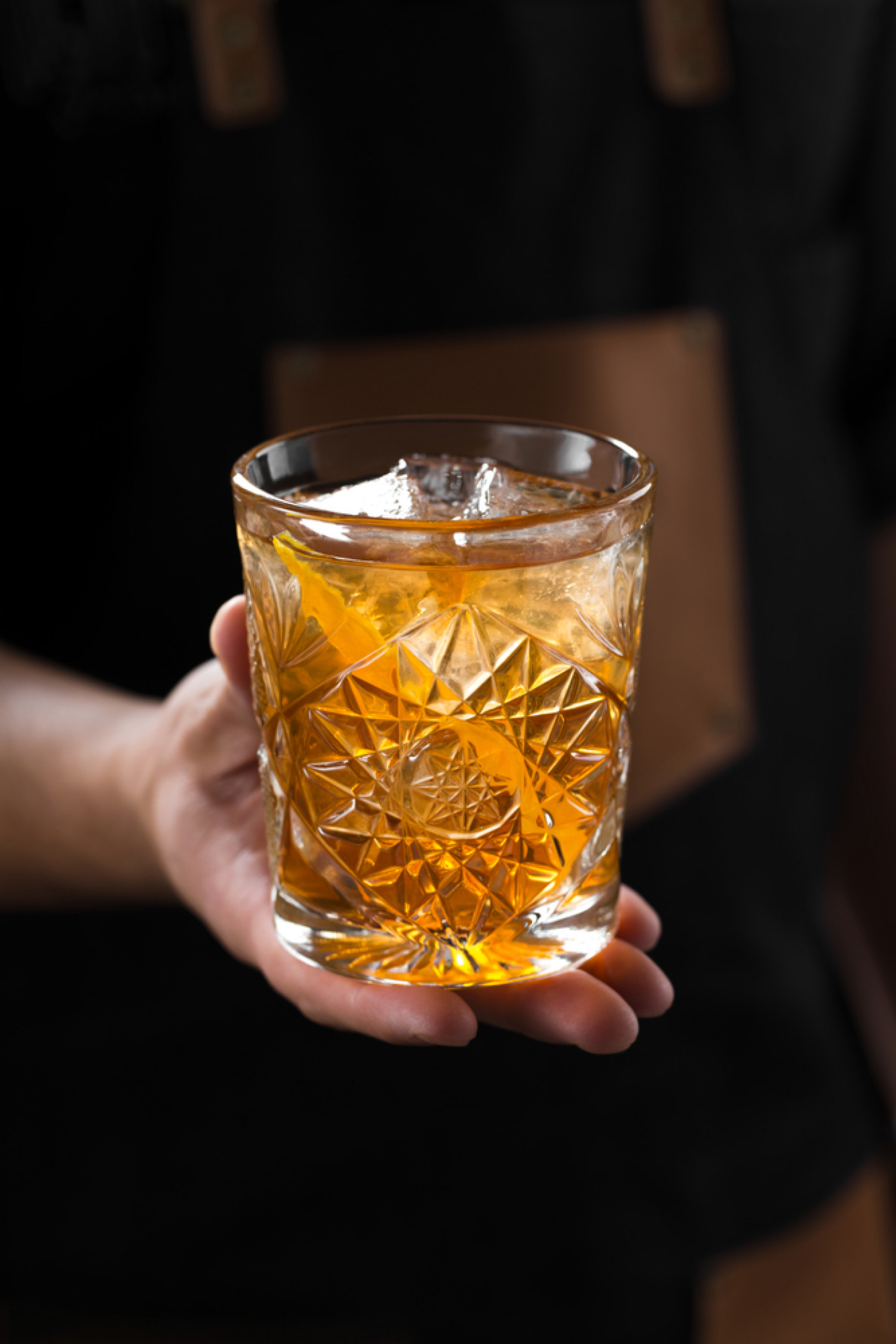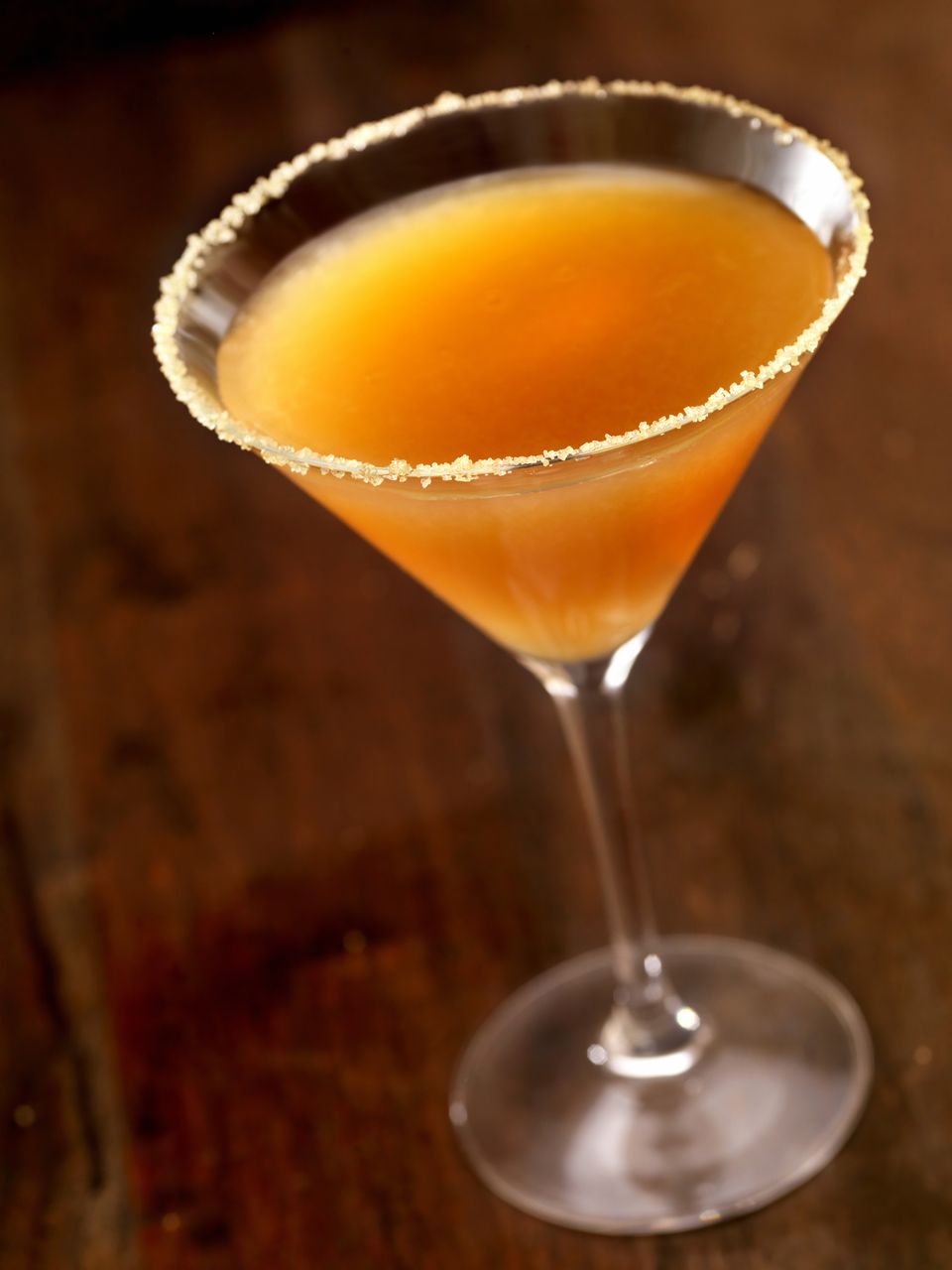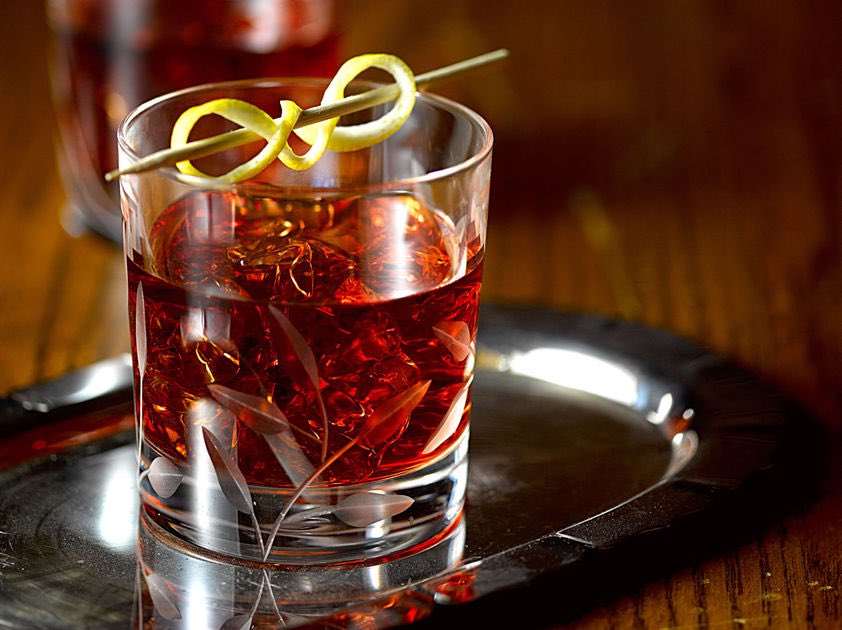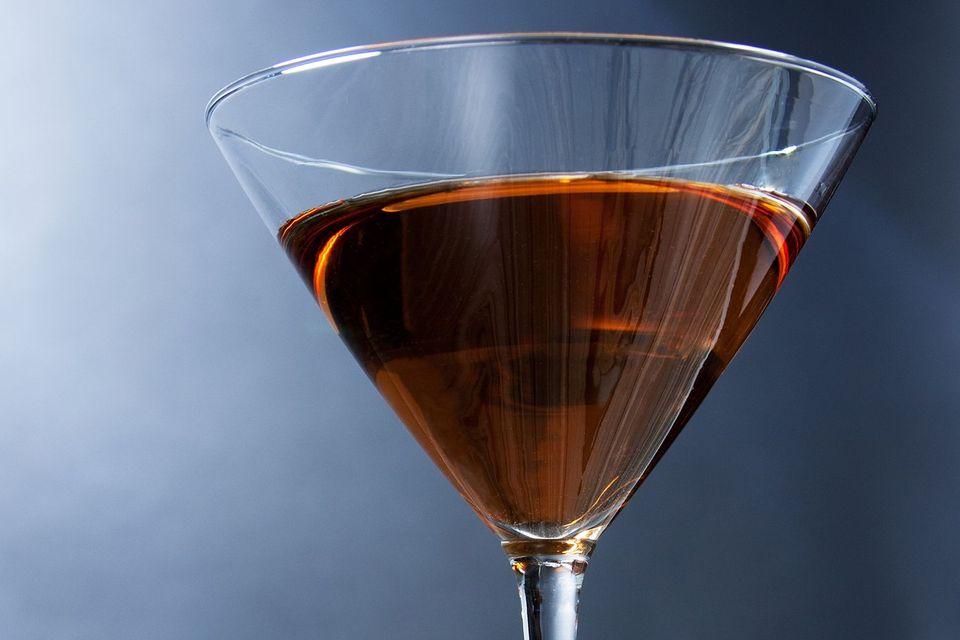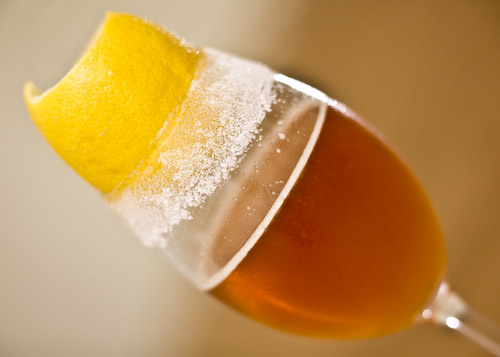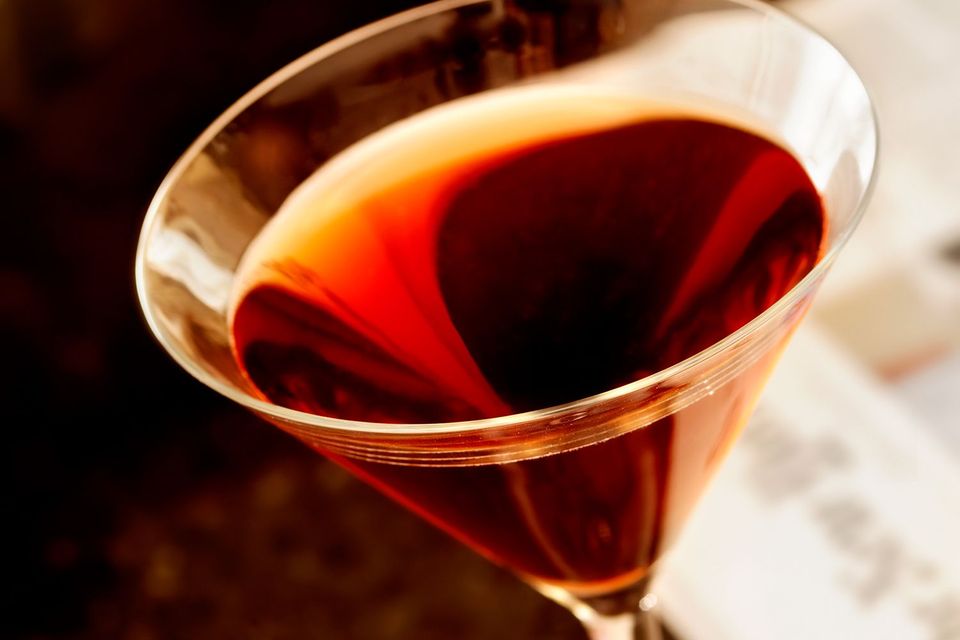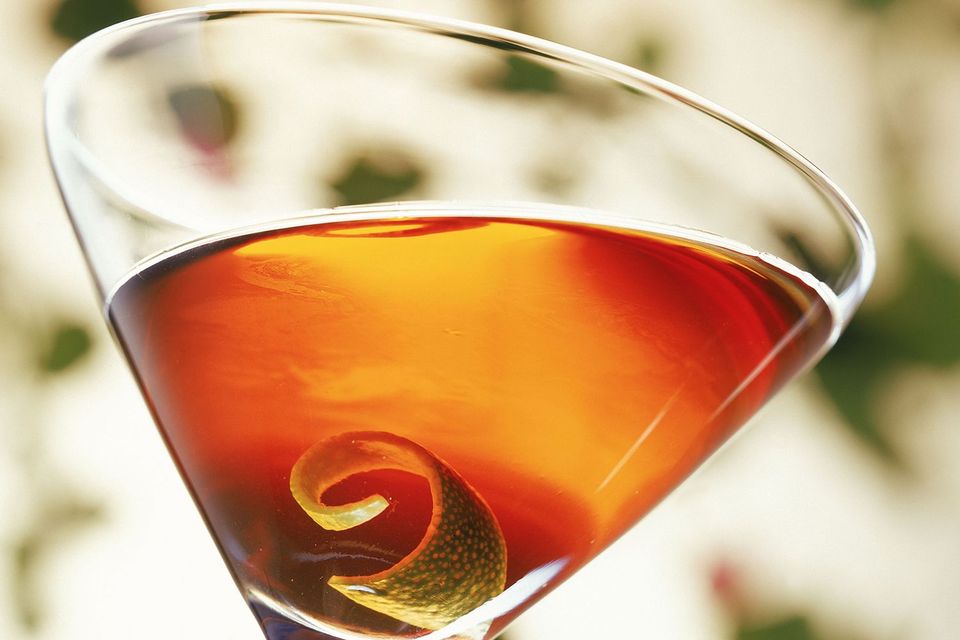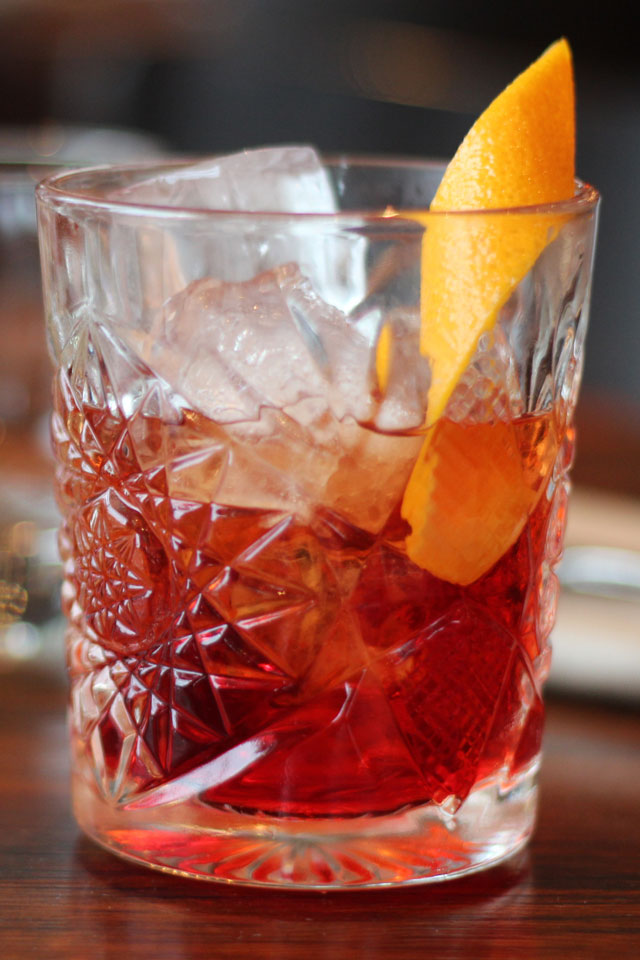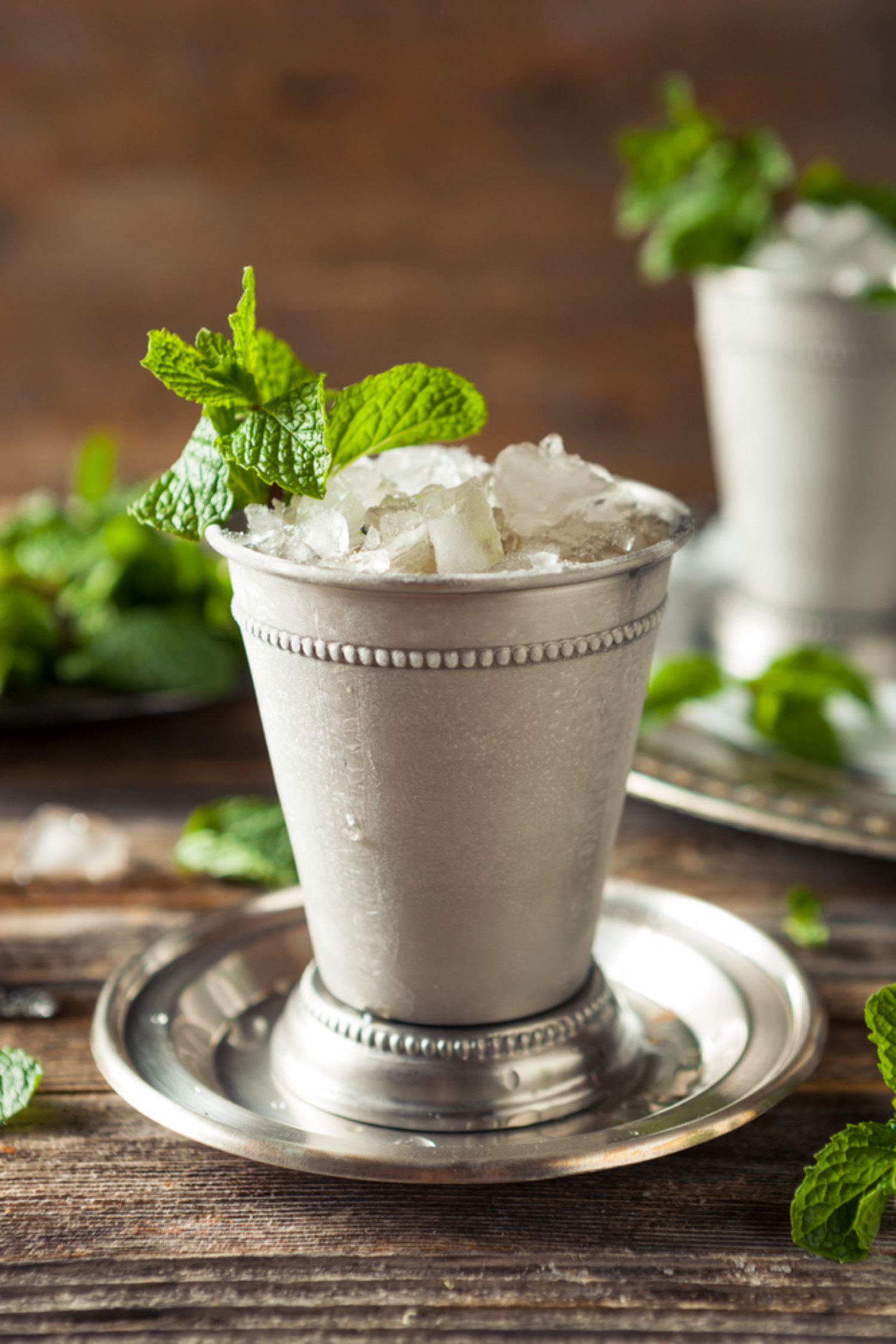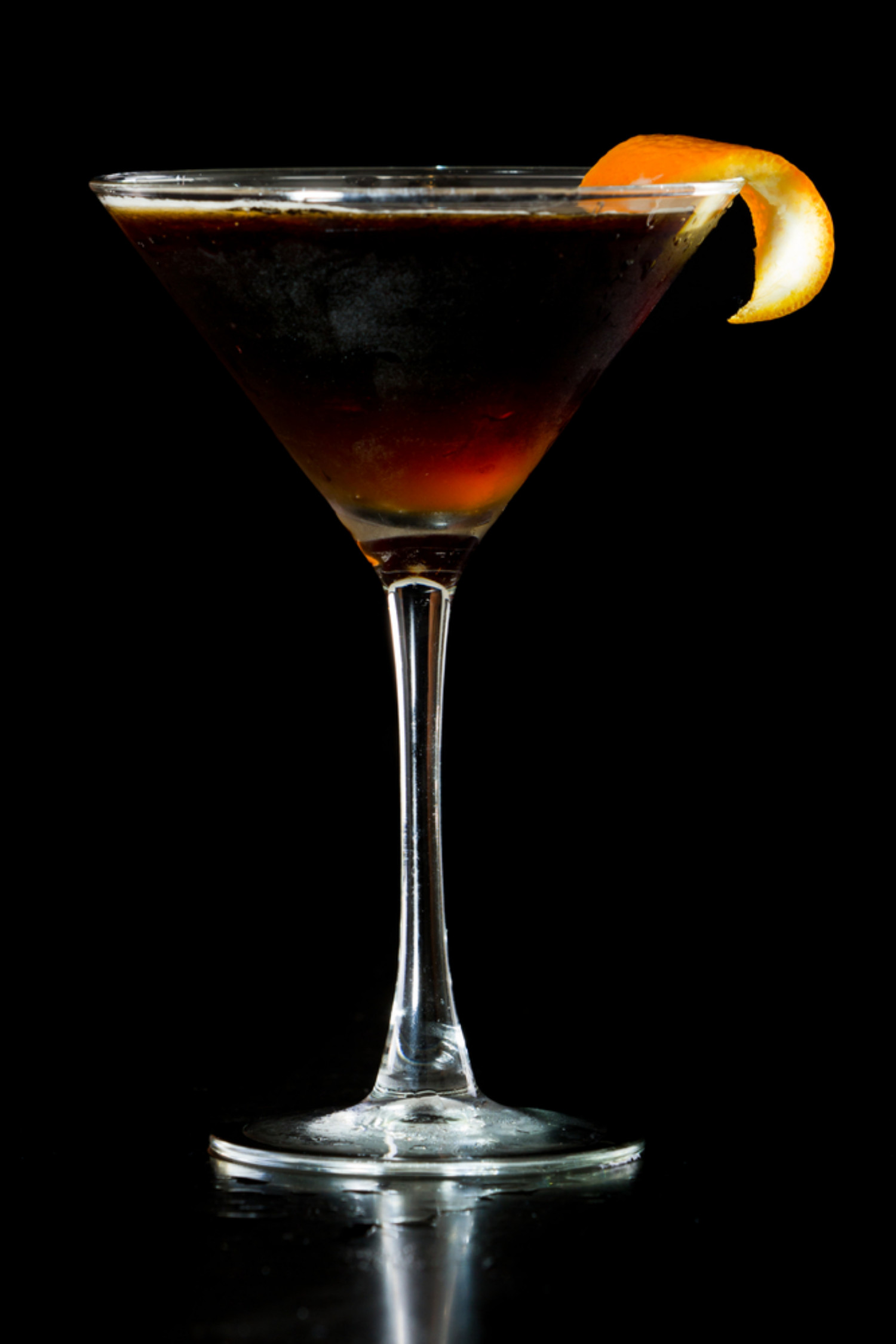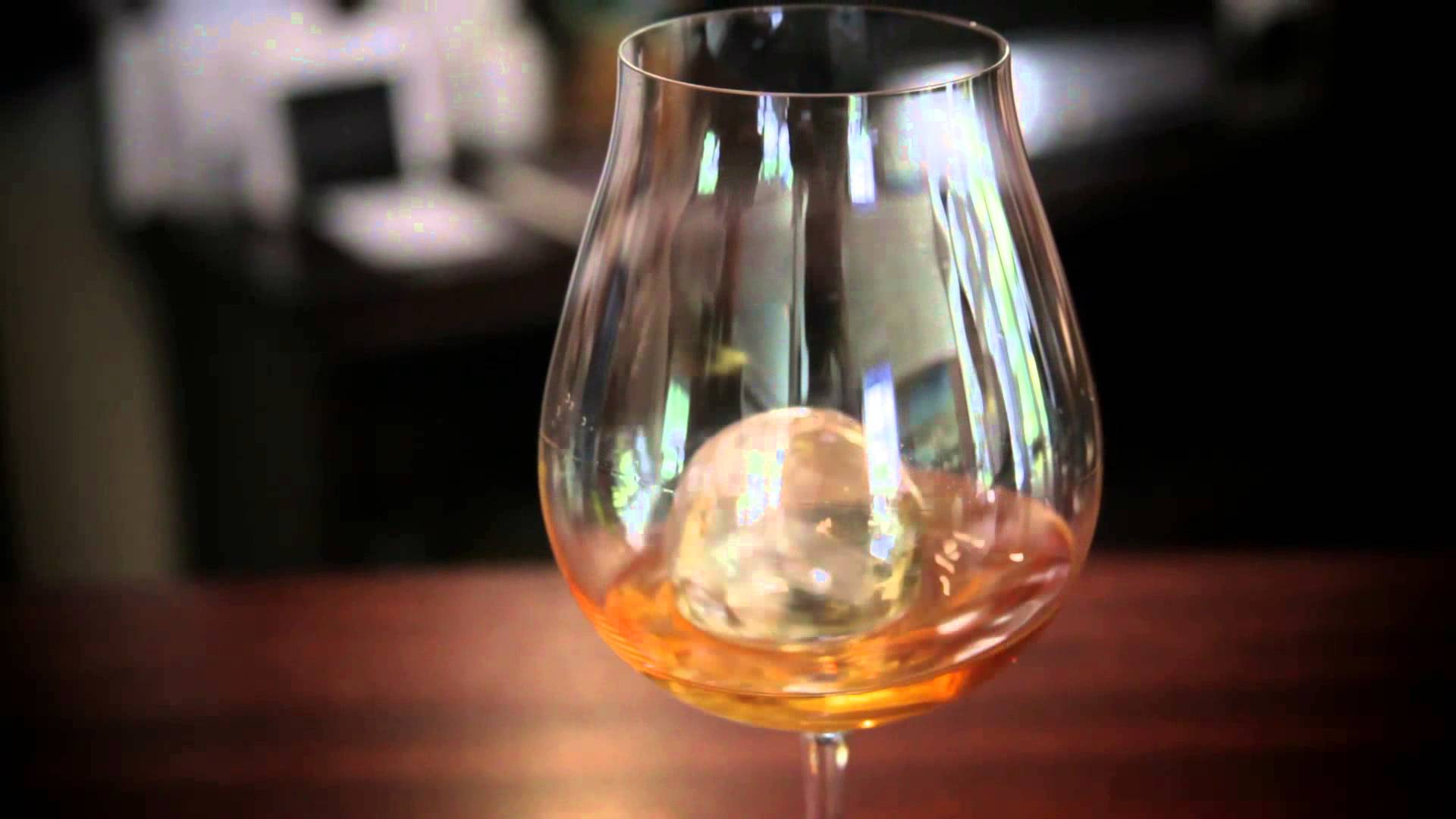Barrel Aged Cocktails: All Good Things Come to Those who Wait ...
Barrel Aged Cocktails: All Good Things Come to Those who Wait ...
Barrel-aged cocktails have been popping up at high-end bars for quite some time, but no two barrel-aged cocktails are the same. We've seen plenty of Negronis and Old Fashioneds, but some bartenders have been getting a lot more creative.
When a cocktail is barrel aged, a number of compounds define what we recognize as key flavor identifiers of aged products: dry, nutty, vanilla, fruity, sweet, toasted, etc. We can break down the reactions that produce these flavors in three categories: infusion, oxidation and extraction
Infusion
Barrel aging is simply infusing with charred wood. If you age a cocktail in a new barrel, the flavors added to the liquid are frequently described as a combination of bitterness, vanilla, nut, caramel, walnut, coconut, and clove. If your barrel is used, it will impart additional flavors from whatever was in it previously. This becomes more interesting when the barrel’s previous occupant was a different cocktail.
Oxidation
Oxidation is crucial part of aging wines. The oxidation of ethanol converts to acetaldehyde, the compound creating some of nutty, grassy notes you might taste in the final cocktail.
Anything that has a fortified wine, sherry, or vermouth is a good candidate for aging. Part of the beauty of these drinks is they oxidize a bit—that gives them viscosity so they come out of the barrel with a lot more richness and body and this sort of ethereal taste.
Extraction
It is all about the softening of the drink. The wood reacts with acids present within the liquid and produces complex reducing sugars that slightly soften the drink, as well as giving the effect of integration and consistency. Higher acidity will result in a greater softening effect, that is why cocktails containing vermouth work so well when barrel aged. Experiment with boosting the acid content of your cocktails before aging, you may have interesting results.
In addition, all barrel aged drinks will extract a certain amount of tannin from the wood contributing a great deal towards the color of the aged spirit. On the palate is like having a strange drying sensation.
The idea seems easy enough: make up a cocktail, pour it into a barrel and wait a few weeks. Of course, there is a little more to consider so, let’s look at how best to do this, and at some choices you will need to make.
What kind of barrel should I get and from where?
Barrels come in all sorts of sizes, types and ages. New oak casks will work quickly to impart flavor, whereas casks that are on their second or third fills will naturally have a decreased effect. You can acquire casks that have previously held other liquids, as well as chose between differing char and toasting levels.
Like any infusion, the greater the surface area of the solids to volume of liquid – the faster the process. This means that smaller barrels will infuse (barrel age) the cocktail more quickly than larger ones. It’s important to recognize that all of these factors, as well as time, will have distinct consequences on the drink that comes out of the barrel.
The other consideration in deciding the barrel size is: How much do you want to make of a single cocktail? A liter barrel will make 8-12 drinks. Larger barrels will yield more drinks, but you can make multiple small batches with smaller barrels. Plus, as we will discuss, you have to keep the barrel going. You can’t let it sit empty – you have to keep using it. So, keep in mind how many barrel aged cocktails you will serve.
For a Bar, we chose to go with two, five liter barrels. Two barrels allows some flexibility. The five liter size will produce the number of barrel aged drinks that we are likely to serve.
Barrels are available at Cyrano and online. Just be sure that the barrel is charred and made for actual use and not for decoration.
The Aging Process
When you are ready to load your cocktail, combine all ingredients in a single container, preferably with a pour spout. You may or may not want to include bitters. You can always add them to individual servings.
Taste your cocktail frequently. This should even be daily for lighter drinks. Heavier drinks, such as Vieux Carres and Sazeracs, can wait a week, but taste frequently. Cocktails age from ‘not-quite-there-yet’ to ‘over-the-hill’ very quickly.
While aging, turn the barrel 1/4 turn each week. This keeps all of the barrel wet and exposes the liquid to all of the wood surface.
Safety First: what not to put in it.
The logic is very simple, if you can put something on your back bar in the open air for a week and it doesn't spoil, you can put it into a barrel. That includes bitters, liqueurs, and hard liquor, but excludes fresh fruit juice and any combination of ingredients that has not been fortified above and beyond 17.6 percent ABV, past which it is considered shelf stable. Best practices are doubly important because barrel-aged cocktails are, by the letter of the law, illegal. The Alcohol and Tobacco Tax and Trade Bureau requires any spirit be served immediately when dispensed from its original container — a law that is not enforced in practice.
Bottling and Storing Aged cocktails
Before I get to actual recipes: how you store your aged cocktail is important. First, use a glass bottle with a tight seal. A bottle with a cage top will work very well. Secondly, refrigerate the cocktail. This will slow further oxidation. Your aged cocktail will change over a week or two. To me, the flavors become flat, more bitter and less complex. In short, plan to finish it off in a week to 10 days.
To serve, measure out the volume that would have been in the original, single drink. Add this to a mixing glass with ice and stir to chill. The chilled cocktail will be stronger than one you started with at room temperature. This is because chilled ingredients will not create as much dilution from melting. Before you serve the drink, taste to see if it needs a little water.
Maintaining the Barrel
When not in use, the barrel must be kept wet. If you fill it with water, it will rot. If you fill it with watered down Everclear, you will soak out flavors. I have kept ours full with either cocktails or XO Armagnac. At any rate, at some point the flavors will be extracted – like used tea bags.
This method of aging cocktails seems to have drawn a lot of excitement from mixologists. After all, the size of the barrel, type of oak, how many times the barrel has been used, and previous contents of the barrels are all factors that could be experimented with for different results. New American oak seems to develop aggressive woodiness more quickly. Cocktails seem to age more quickly in smaller barrels than large ones. And bourbon barrels impart a different flavor than Sherry barrels. Not to mention that toasted barrels will impart a different flavor to the final cocktail. It’s like a mixologist’s candy land.
You should play with the wood as a form of flavor layering, so you are not just barrel-aging but using the barrel as an additional ingredient in the cocktail.
Meanwhile, virtually every city now has a barrel-aged cocktail, from Los Angeles to New York. With bars featuring a line of barrel-aged cocktails on the menu, it’s a trend that’s likely to catch on.
Examples
Vieux Carré
For those of you unfamiliar with the Vieux Carré it’s essentially New Orleans’ version of the Manhattan. But like many riffs on the Manhattan, this might be better than the original.
The Vieux Carre’ includes equal parts of Armagnac, rye whiskey and sweet vermouth along with equal parts of Angostura and Peychaud’s bitters, a welcome splash of Benedictine and a lemon twist. What you get is something that tastes like a Manhattan but with much more spice from the rye, vermouth and bitters yet smoother flavor from the brandy and Benedictine. And smooth is the word here.
So how do you make the Vieux Carre’ even better? Age it for 4-6 weeks in an oak barrel.
Add more spice, caramel and wood notes to an already-great cocktail and you get something truly special. Quite simply, if you want to barrel-age a cocktail, there is none better than the Vieux Carre’
Corpse Reviver #1
For as long as humans have consumed alcohol, they have been plagued by the hangover. Seasoned drinkers will maintain the best cure is to just keep drinking, also known as the hair of the dog.
Corpse Revivers, then, refer to a class of hair-of-the-dog cocktails designed to be consumed after a night of drinking. References to them first appear in writing in England around the 1860s. However, barman Harry Craddock popularized them in the 1930s when he included them in his Savoy Cocktail Handbook, and began serving them up to revelers recovering from the effects of poorly made Prohibition-era hooch. Craddock urged moderation, stating, “Four of these taken in swift succession will un-revive the corpse again."
Add all ingredients to an oak barrel and age from 1 week – indefinitely. To serve, tap ~3 ounces into an ice-filled mixing glass and stir to chill.
Giovanni
Have you ever mixed Armagnac with Aperol? You should.
If you like a good spritz, you can thank the Habsburgs. The cocktail was the incidental creation of the Austro-Hungarian occupation of Venice in the early 1800s. Apparently, the local wine was too much for fussy German palates so the soldiers asked for a “spritzen” of water to dilute it.
Eventually, carbonated water replaced still, and various liquors were added to enhance the flavor and give an extra kick. The practice caught on, and spritzes became one of Italy’s most ubiquitous cocktails. Here our version, made from Armagnac, Aperol and Lillet - aged in oak and topped off with club soda.
Manhattan twist
This classic cocktail can be traced back to New York of the 1880’s. There are a lot of stories about how it was invented, including that it was a creation of Winston Churchill’s mother, but ultimately, the real story of how the drink came into being is a mystery. The part that is known is that it was a huge hit and helped start the ball rolling on creating a tradition of combining strong spirits with fortified wines (vermouths).
I’m twisting a classic Manhattan recipe replacing Rye by Armagnac and aging it for 4 weeks. This version, the Barrel-Aged version, is something separate from a freshly made Manhattan. The Barrel-Aged Manhattan has a been smoothed out and mellowed during its time in the barrel. It maintains it’s essential flavors, but takes on some new characteristics like notes of vanilla, caramel, a touch of maple syrup and a hint of oak. It’s definitely a dangerous combination that makes it hard to stop a one drink. Cheers!
Cyrano





